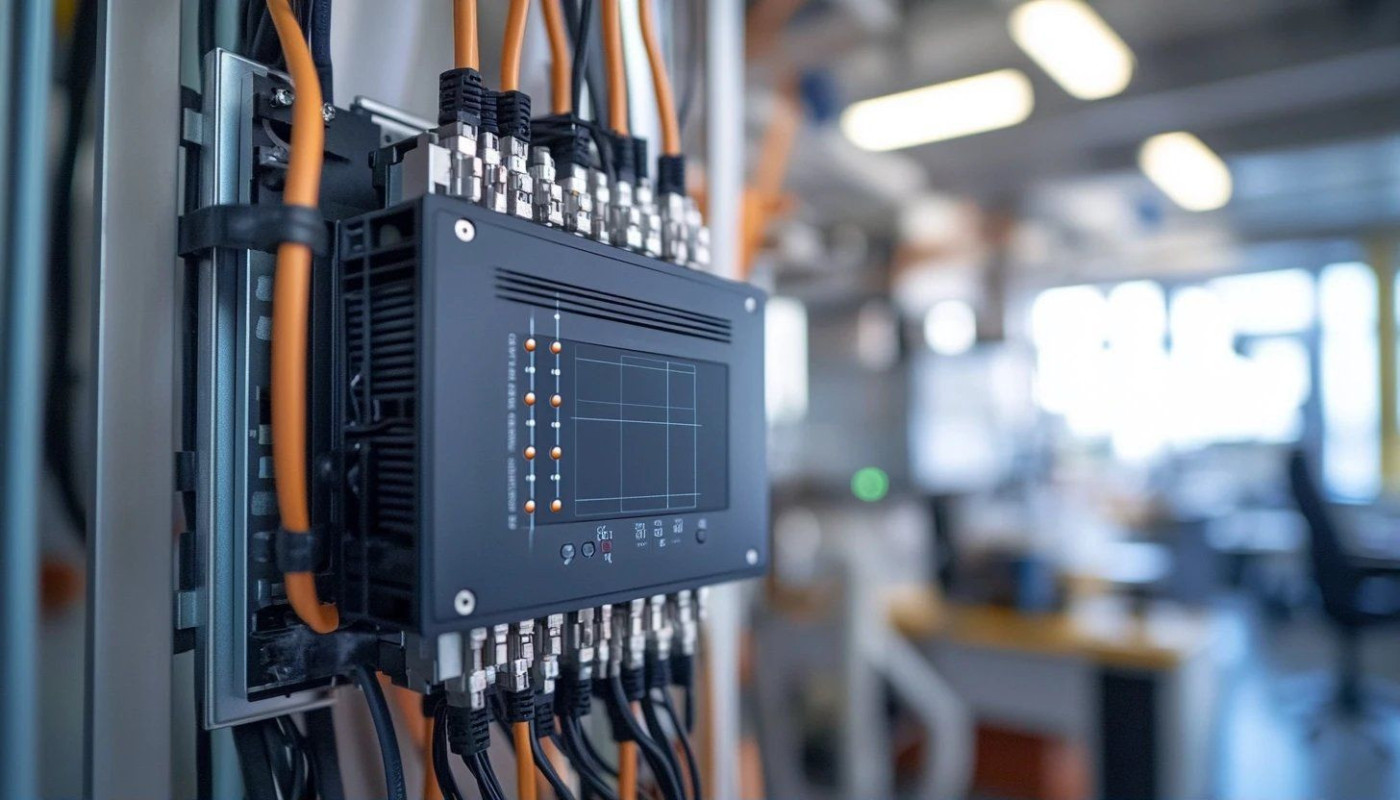Table of contents
Artificial intelligence is dramatically transforming how businesses approach visual identity. No longer confined to traditional graphic design methods, the creation of logos and brand images now benefits from remarkable advances in technology. Dive deeper to discover how these innovative tools are reshaping branding strategies and empowering companies to stand out in a competitive marketplace.
The power of AI in design
Artificial intelligence has dramatically transformed the landscape of logo and brand image creation, offering capabilities that were previously unimaginable. Advanced AI logo design platforms now utilize neural networks to analyze vast datasets of historical logos and current design trends, ensuring that generated outputs are not only visually appealing but also relevant to evolving market preferences. With the rise of brand automation, businesses can produce a variety of professional-quality logos and branding assets in a fraction of the time once required for manual processes. These systems harness machine learning for branding, allowing creative algorithms to adapt designs based on specific industry standards, target audiences, and brand values. In practice, a modern logo generator can swiftly generate tailored concepts, drawing inspiration from millions of images, while continuously improving its understanding of what makes a logo effective. This deep learning approach empowers designers and brands alike to deliver distinctive, innovative visual identities that set them apart in competitive markets.
Accelerating the creative process
AI branding tools have dramatically redefined how businesses approach fast logo creation and brand image development. By integrating real-time design feedback and creative workflow automation, these technologies significantly reduce the time between concept and completion. This shift enables a more dynamic iterative design process, where multiple versions of a logo or brand element can be generated, reviewed, and refined within minutes rather than days or weeks. AI-powered platforms streamline branding efficiency by providing instant suggestions, flagging design inconsistencies, and automating routine tasks such as resizing, color correction, and layout adaptation. This allows creative teams to focus on strategy and originality, while the system handles repetitive details, resulting in quicker turnarounds and a more inspired final product. With the capacity to simulate how logos and brand visuals perform across various media and formats, AI ensures that businesses can respond rapidly to market trends and feedback, maintaining a competitive edge in their brand identity efforts.
Customization at unprecedented scale
AI-driven systems such as custom logo AI are transforming the landscape of personalized branding by enabling scalable design solutions with unprecedented flexibility. Leveraging innovative algorithms and parametric design, these platforms can generate adaptive brand images that cater to different regions, languages, or cultural preferences without sacrificing a dynamic brand identity. Companies can now fine-tune color palettes, modify logo shapes, or adjust stylistic elements on demand, empowering marketing teams to address diverse audiences with tailored visual assets while ensuring overall coherence across campaigns. Solutions like site exemplify this new era, offering the tools necessary to deploy personalized, market-specific branding efficiently and reliably at scale.
Enhancing brand consistency
Brand consistency AI has become a transformative force in shaping cohesive branding across digital and physical channels. AI-driven systems play a pivotal role in automated brand guidelines, ensuring that every visual element—from logos to typography—remains uniform regardless of platform or medium. Style guide enforcement powered by machine learning algorithms scrutinizes design assets in real time, instantly flagging deviations and auto-correcting errors that might arise from manual workflows. Visual identity management is further streamlined through these solutions, with brand assets stored, catalogued, and deployed in line with predefined parameters. This approach not only minimizes the risk of human oversight but also guarantees that a brand’s visual language is universally recognizable and trusted. AI in brand strategy allows organizations to respond dynamically to new touchpoints, maintaining a unified appearance and message that strengthens customer loyalty and market presence.
Shaping the future of branding
The future of AI branding is unfolding rapidly, with generative design tools transforming how businesses approach identity creation. As branding trends advance, expect AI-driven platforms to offer even greater customization, enabling brands to iterate and experiment at unprecedented speed. AI ethics in design will become a priority, as companies balance automation with responsible practices, ensuring that originality and cultural sensitivity are maintained. Creative AI collaboration between humans and intelligent systems will shape the next wave of branding innovation, combining the intuition and experience of designers with the analytical power of AI. Generative design is set to empower organizations, not just with efficiency, but with the capability to explore entirely new visual languages, while human oversight guarantees authenticity and relevance in every brand image.
Similar articles








